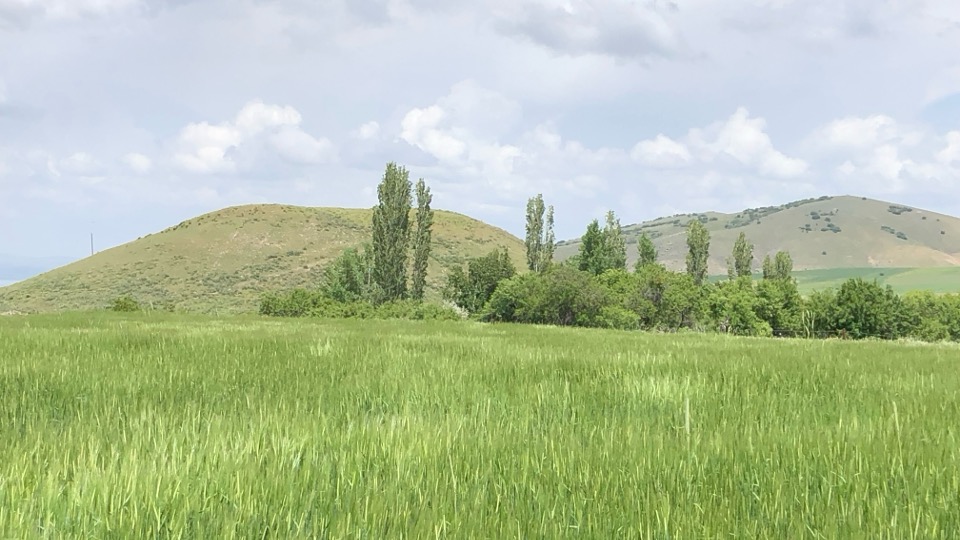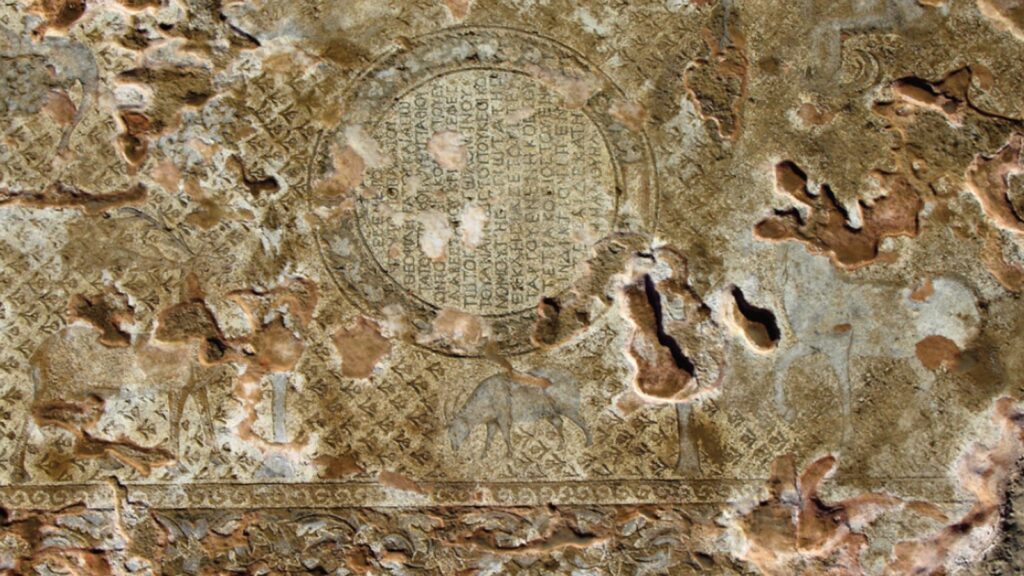
The Parnassos Project, led by Associate Professor Luca Zavagno in collaboration with the Museum of Anatolian Civilization, aims to uncover the rich history of the ancient settlement of Parnassos. Located just south of Ankara, this site boasts significant archaeological remnants, including a mid-fifth-century episcopal hall with intricate floor mosaics. Through a combination of geophysical and systematic pedestrian surveys, the project seeks to illuminate the complex transition from Late Antiquity to the early Middle Ages, revealing the area’s development and its role in historical water management and pilgrimage routes.
This project is a deep dive into the past and an interdisciplinary endeavor that brings together archaeology and history. The use of advanced geophysical techniques will help non-invasively detect the presence of additional structures, such as the annexed church and potential settlement traces near the Bishop’s palace. These findings will contribute to our understanding of the region’s historical significance, especially concerning its strategic location along the Pilgrim’s Road, which was crucial for military and religious journeys during the Roman, Byzantine, and Crusader periods.
Beyond its academic contributions, the Parnassos Project offers a unique opportunity for students and researchers to engage in hands-on archaeological work, gaining valuable experience in field techniques and data analysis. This collaborative effort will not only shed light on Parnassos’s historical and cultural heritage but also highlight the continuous importance of small towns and water resources in shaping the social and religious landscapes of ancient Anatolia.


